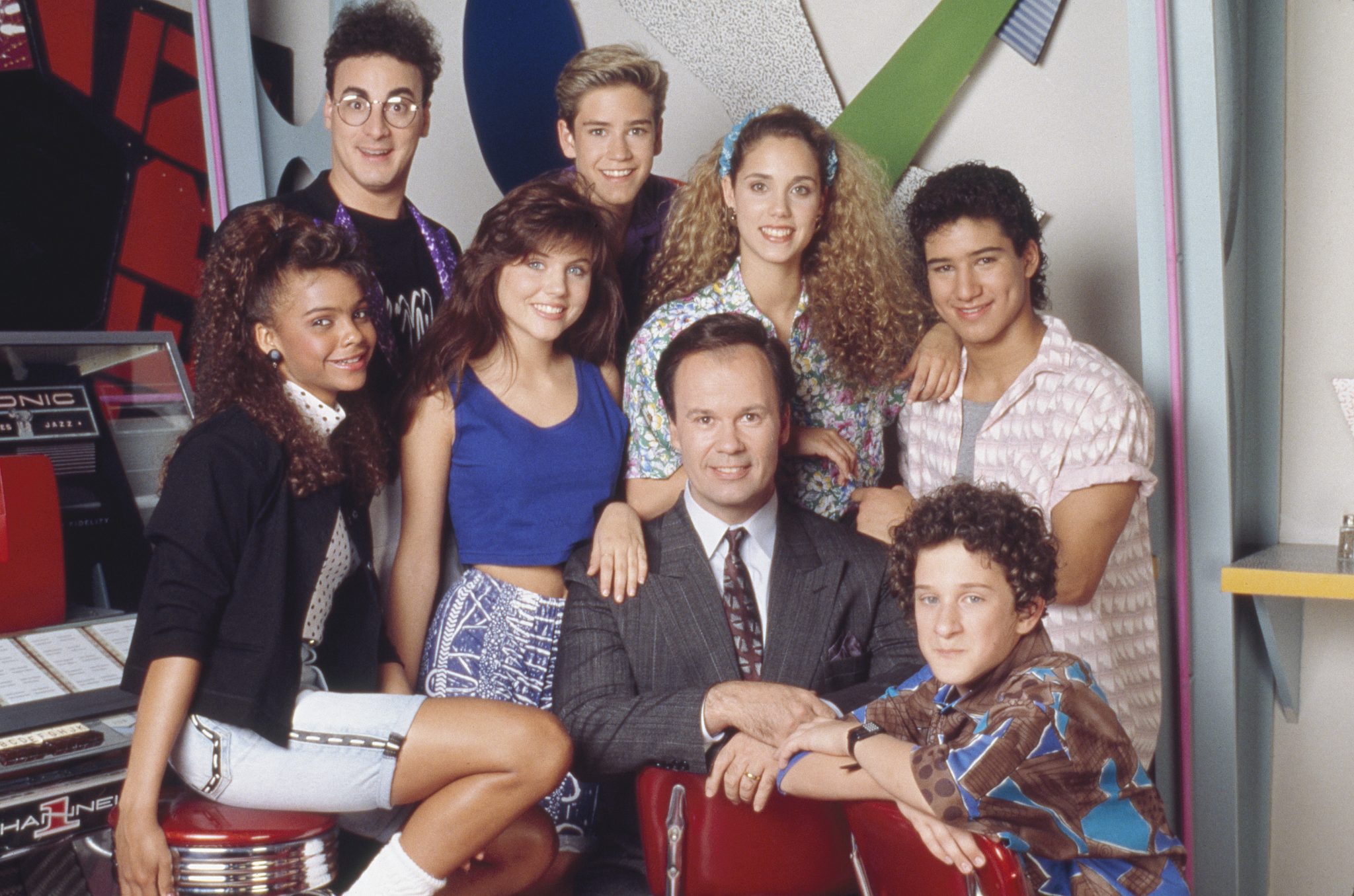There’s no doubt that we’re well into an era of ‘90s nostalgia at the moment. As a Jim Carrey-starring Sonic the Hedgehog film tears up the box office, shows like Saved by the Bell and Friends are producing revivals or reunions, and the most talked-about podcast episode of the year is a mystery story based around a song that could only have come from “between 1997 and 1999”.
This in itself is no great surprise – it’s generally said that ever since the mid twentieth century, each successive decade has come back around again in some way around twenty years or so later; whether that’s through period-piece sitcoms like Happy Days or That ‘70s Show, reissues of classic albums, style and fashion revivals, or movie remakes.
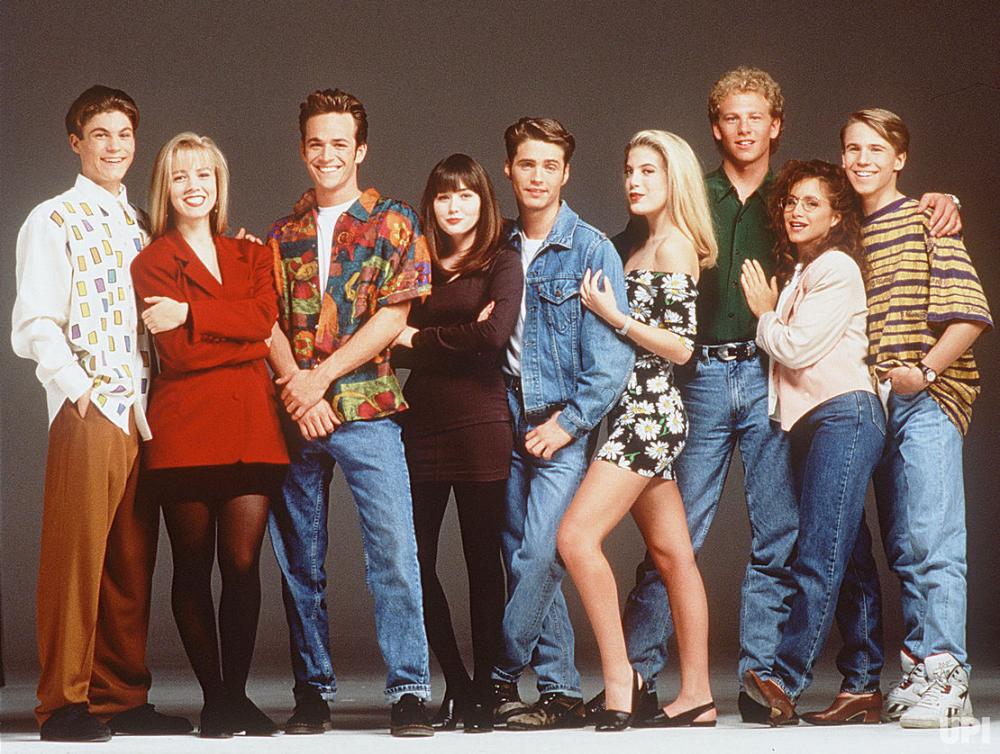
What is slightly unusual, though, is that it’s taken so long for the ‘90s wave to really hit. Going by that two decades rule, we should have started to see baggy Adidas tracksuits and themed Central Perk cafes around the place a good ten years or so previously. But aside from the odd reunion from the likes of Take That and the Spice Girls, the early 2010s were conspicuously un-bothered by 1990s nostalgia.
Perhaps part of the reason for the delay is that for a long time we’ve still been living in the shadow of 1980s nostalgia. Indeed, even as that 1990s craze has really started to kick in, it’s not as if the 1980s have gone away. The hit book and film Ready Player One was almost entirely ‘80s-rooted, and Stranger Things is still an ongoing concern; the latest franchises to get the big comeback treatment this year are Ghostbusters (originally from 1984) and Bill & Ted (who actually straddle the decades neatly, their two previous adventures having landed in 1988 and 1991). There’s even a Back to the Future musical just opened in Manchester (our own Content Writer James Ellaby happened to bump into producer Bob Gale and a legendary flying car just this week!)
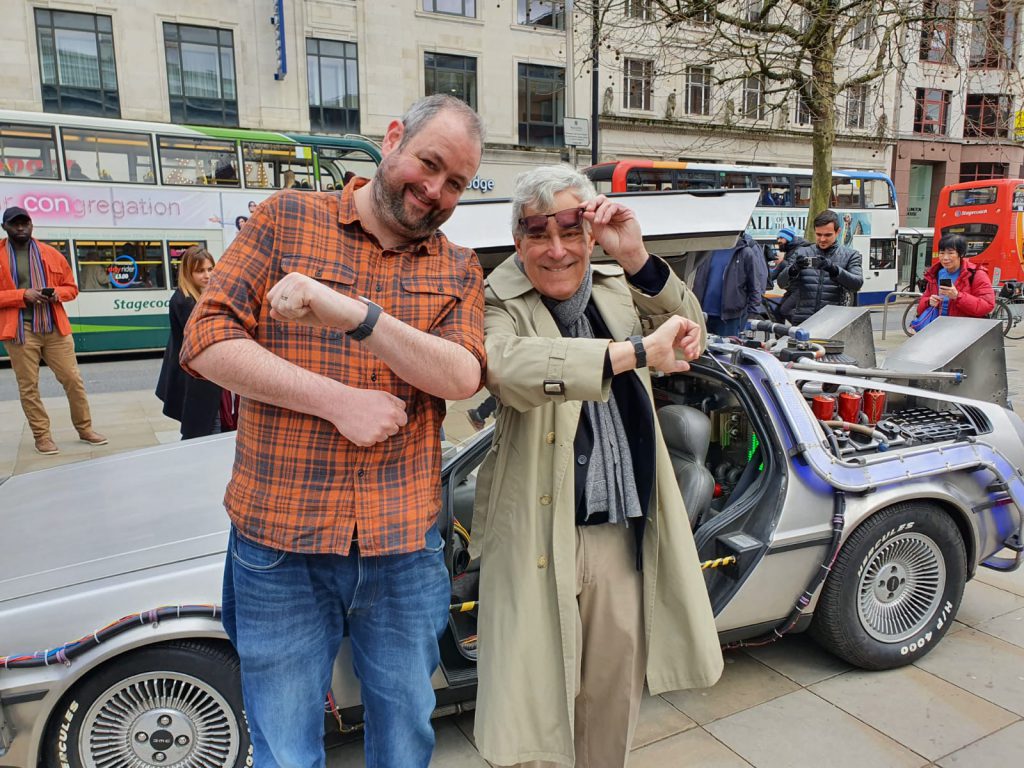
Various theories have been put forward as to why the 1980s – a decade that, lest we forget, was characterised as much by economic harshness and the fear of all getting incinerated by nuclear conflict as it was brightly-coloured tube socks and John Hughes movies – have endured in the consciousness for so much longer than the expected cycle. One strong factor is undoubtedly that the people who’ve had a creative stranglehold over the culture for so long have been a certain kind of pop culture obsessive, clinging to the trappings of their youth – a youth which just happens to have coincided with the zenith of ‘80s blockbuster culture.
And this is also a reason why, now that it’s begun to take root, the ‘90s nostalgia wave could be with us for a good long while too. The idea of the “nerds” being in charge of Hollywood isn’t going to go away, but it might be the case that the Generation X nerds start to get replaced by Generation Y and Millennial nerds at the top of the tree instead; more inclined to put Weezer on a soundtrack album than Fleetwood Mac, more likely to ironically cast Mark-Paul Gosselaar than David Hasselhoff, more inspired by Sonic and Lara Croft than Pac-Man and Mario.
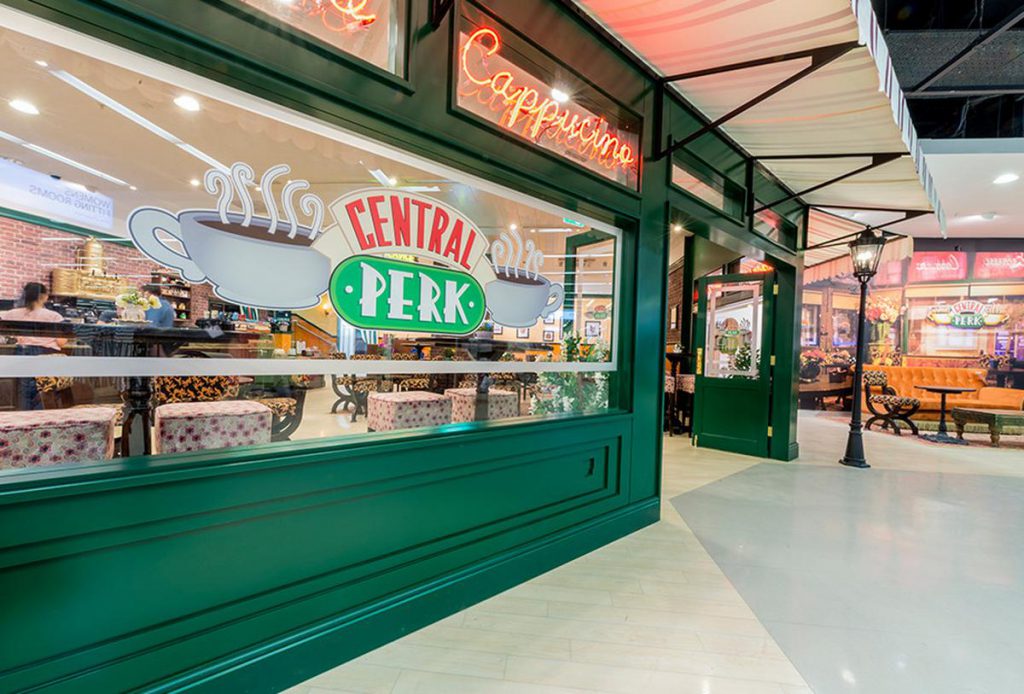
It’s also undoubtedly true that part of the reason why we cling on to nostalgia for the things we loved when we were younger is that they remind us of a simpler time; and in the case of the 1990s, that doesn’t just mean a time when we didn’t have to worry about things like mortgages, catchment areas or cholesterol. The ‘90s were a remarkable time for peace, stability and optimism; they began with the fall of the Berlin Wall, and came to what felt like a sudden end with the events of 9/11.
Ever since the turn of the century, the world has felt like a scarier, more complex place – and while we’ve seen the rise of stunning technological advancements (and an awful lot of really brilliant pop culture) over the last twenty years, it’s hard to imagine a wave of “noughties nostalgia” taking root any time soon. Much better, surely, to retreat to a time when the music was jangly, the haircuts were floppy, the graphics were 16-bit and the Ellesse logos were enormous.
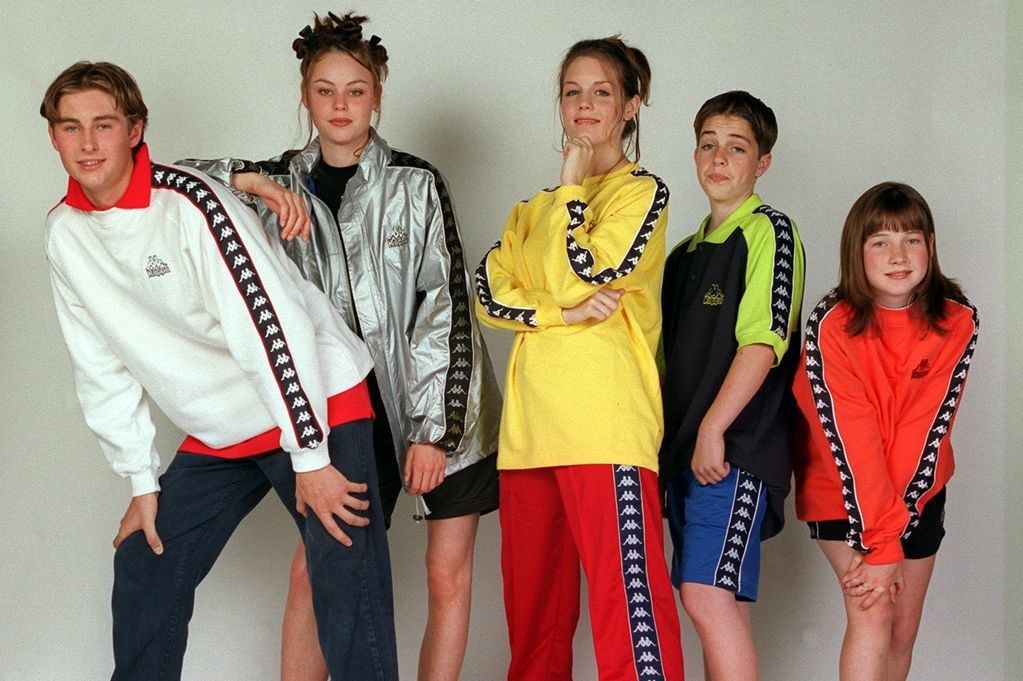
And yet in doing so – as well as continuing to hold on to the ‘80s – we also contribute to another reason why the last couple of decades may struggle to have the same hold on our imaginations. It’s true that the identity of a particular era doesn’t really take shape until after it’s gone – but it’s been a whole decade since it ended now, and yet you’d still be hard-pushed to define what the 2000s really looked like (apart from, perhaps, the wide jeans, frosted hair and leather wristbands of a 2002-ish nu-metal video). And the same may yet be true of the 2010s, because in both cases, we’ve spent so much of our time looking back to previous eras and folding their styles, sounds and habits back into the present day.
Indeed, while pop culture might seem dominated by inspiration drawn from the ‘80s and ‘90s, it’s not as if an interest in the prior decades has really gone away either – whether it’s an “in my day” post on your aunt’s Facebook, repeats of Top of the Pops on BBC4 or the dominance of mid-century interior design, we’re still just as informed by the ‘60s and ‘70s as we ever were, too.
What it all adds up to is a present day where almost every previous decade is on trend somewhere at any given point – a mish-mash of styles and aesthetics that may never truly become untangled. Going forwards, the idea of each successive decade even having its own characteristics may go out of fashion – with the sole defining trait of the twenty-first century being, simply, its nostalgia for the whole of the twentieth.

